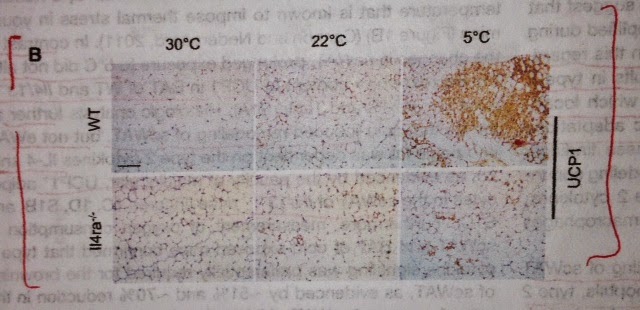In Greek mythology Hydra from lake Lerna was immortal. Interestingly, Hydra, a metozoan, is indeed an immortal multi-cellular organism.
I want to recommend for a reading a new article by Thomas Bosch in Trends Immunology. This is a short review article. It has a very good thought provoking idea. Not sure whether it is an original idea but still good to see that such paradigm shifting ideas are welcomed for publication.
In this paper, the author opines that the role for innate immune system is to select and keep beneficial microbes rather than fight off pathogens. The author made such conclusion based on experiments on Hydra polyps, where compared to control polyps, Hydra with specific deficiency in anti-microbial peptide, arminin, has a different microbial flora, suggesting that innate immune sensing were driving microbiota selection. The author also speculated that gene responsible for Hydra's immortality, FoxO, affected Hydra's innate immune system as well.
Why is this idea so important? We were thought to believe the immune system is directed to defend against virulent pathogens. But what if immune system keeps "friendly" microbes as proxies to defend against pathogenic ones. This can be a mutually beneficial arrangement. The host will provide nutrition and living space and microbiota (not just in the gut lumen, but on the lung epithelial surface, on the skin surface, etc) will defend against uninvited "guests".
It is well known that good proportion of individuals in any given population is naturally immune against pathogens, known or new ones. We think it has to do with good immune system. But what does good immune system really mean? Maybe it has to do with microbiota diversity in such individuals? Microbiota diversity will be invariably linked with specific sets of immune genes that make microbiota diversity and their accommodation possible in the host. Mechanisms of accommodation of endogenous microbiota will be linked to mechanism of disease tolerance, a recently introduced new concept of host defense. It is much more easy to imagine that "disease tolerance" against virulent pathogens in individuals is a byproduct of microbiota accommodation by the host, a learned, adaptive process during the host ontogenesis.
"Selfish" view of immune system could explain why antibiotic treatment has such negative effect on the host, sometimes leading to development of allergic and autoimmune disease.
David Usharauli
David Usharauli




















